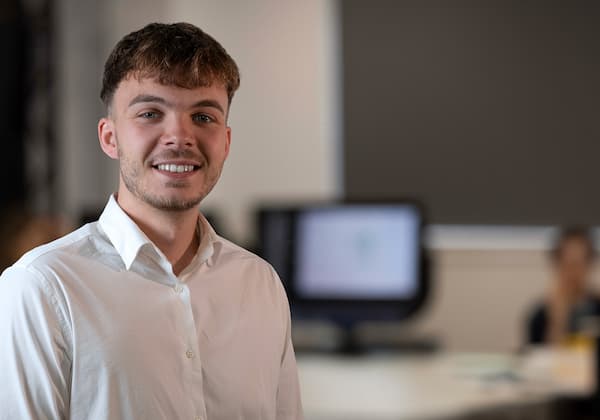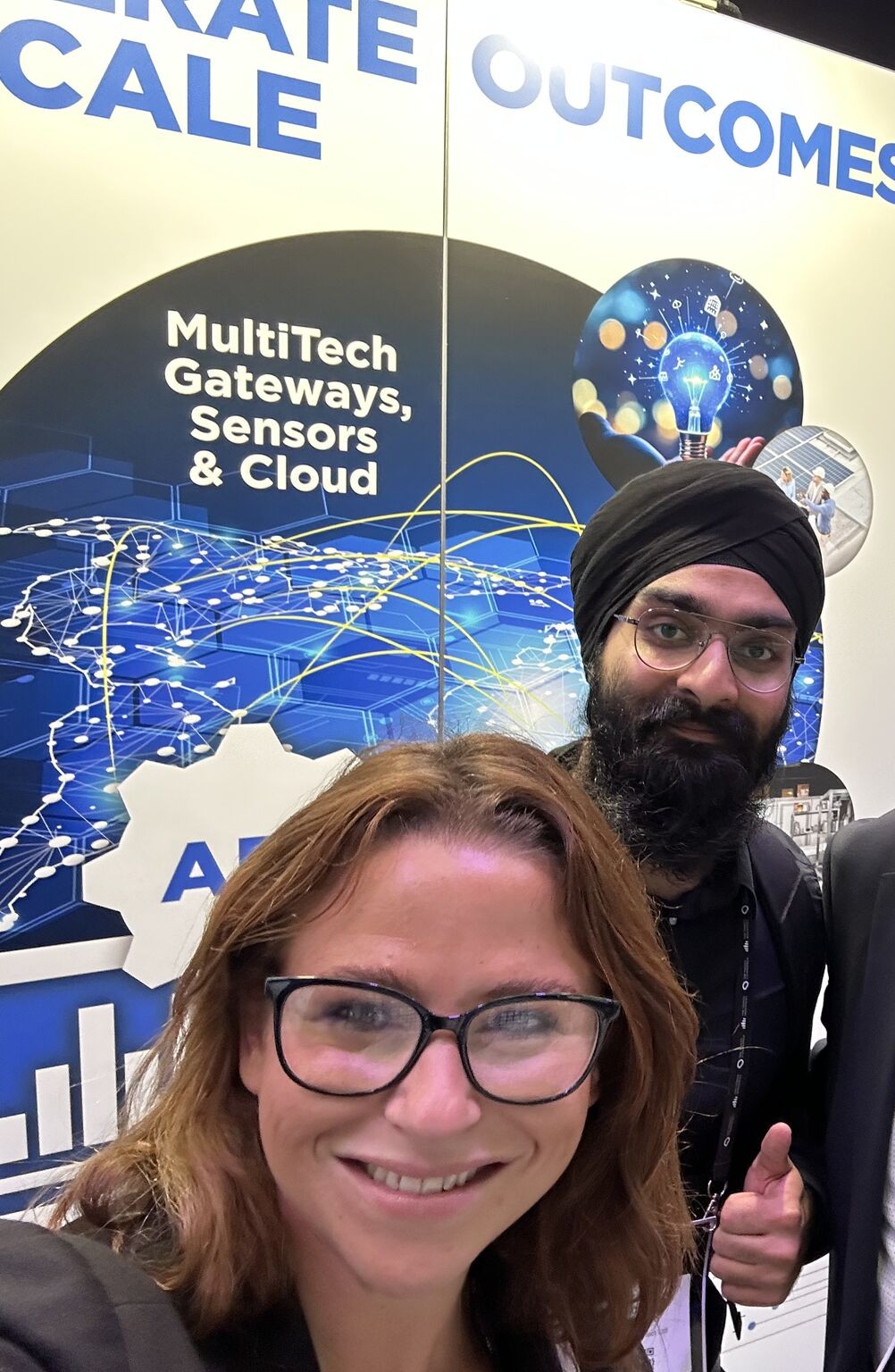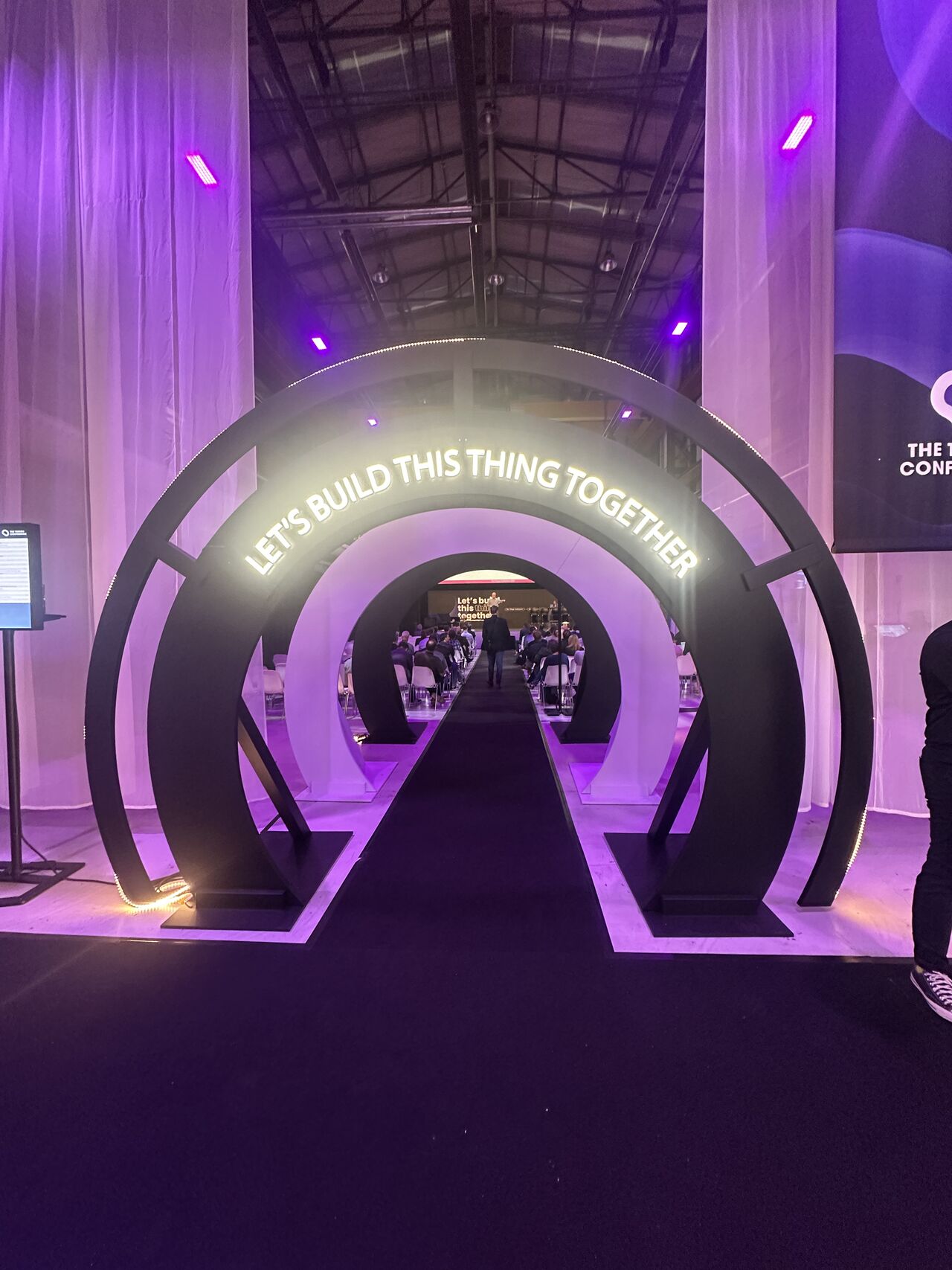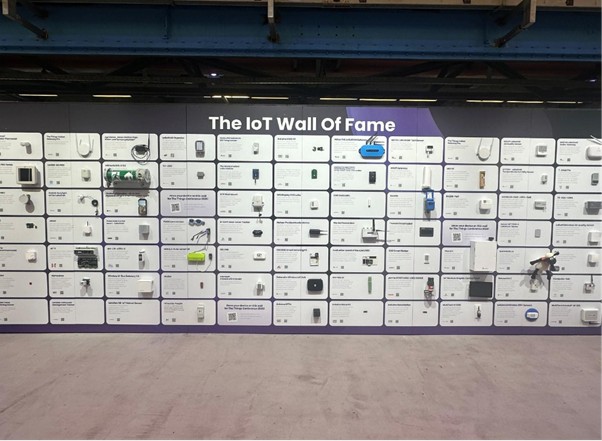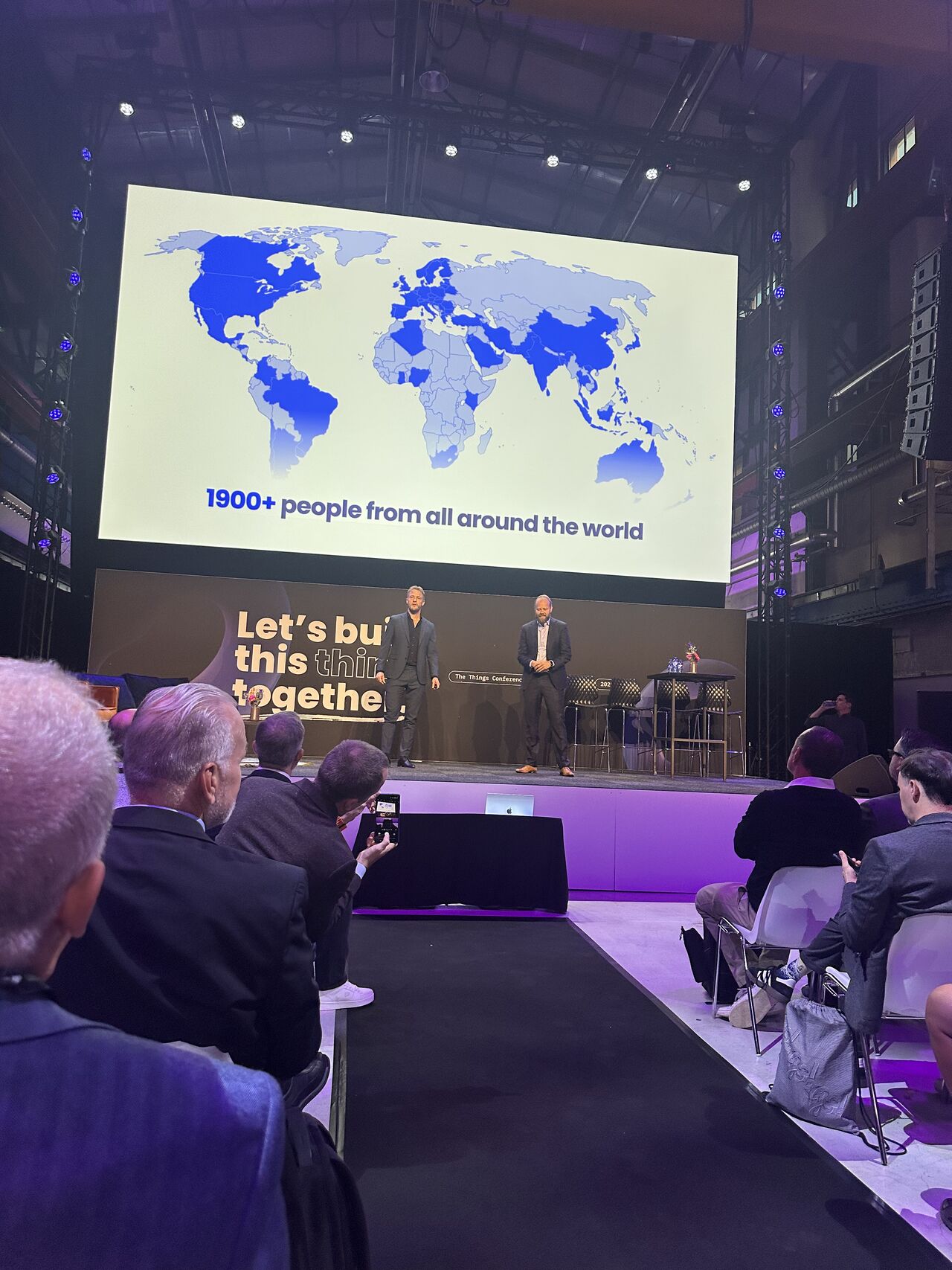The Things Conference 2025: The Future of IoT
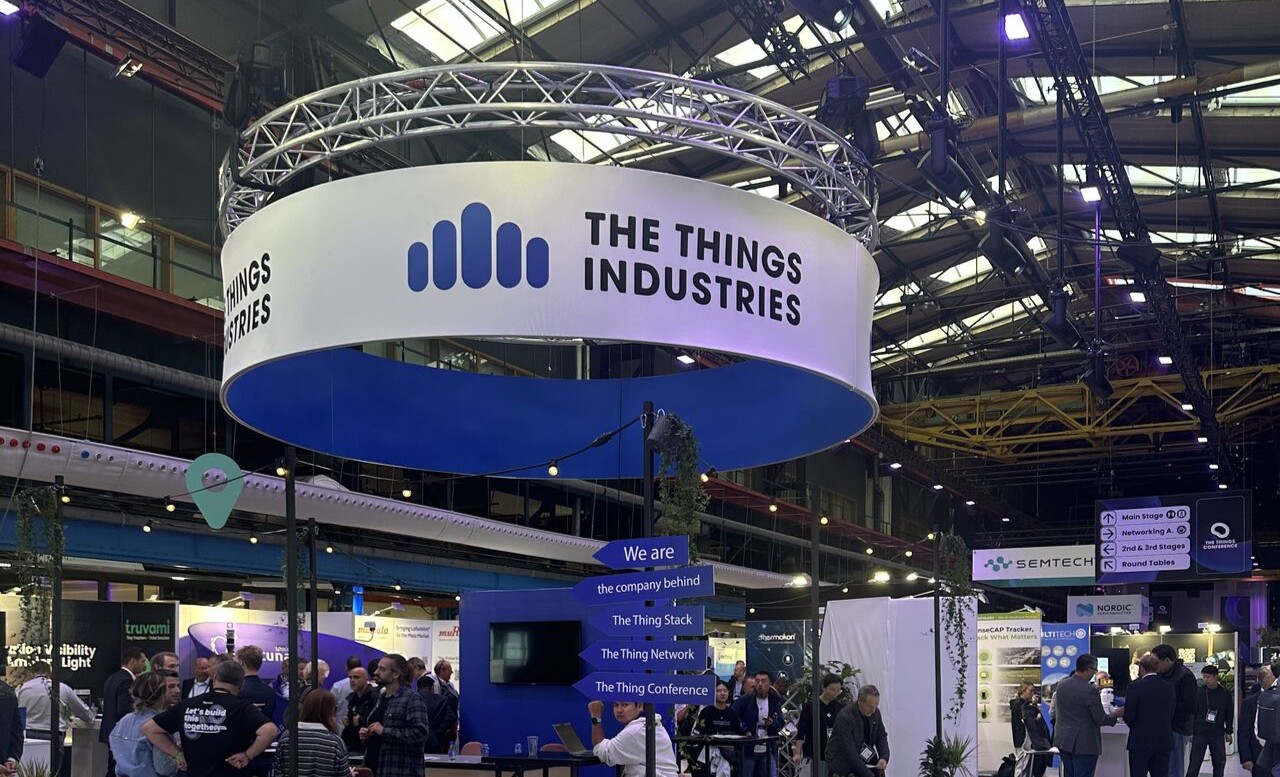
The UK Connect team recently attended The Things Conference (TTC) 2025 in Amsterdam, the premier event for the Low Power Wide Area Network (LPWAN) community. The key takeaway was clear: the Internet of Things (IoT) is undergoing a major transformation, moving from a technology-specific focus to a model of radical convergence. The industry is no longer constrained by the capabilities of a single protocol, but is embracing a mosaic of bearers, advanced sensors, and intelligent platforms to deliver truly global and resilient connectivity.
“Let’s Build This Thing Together”
The tagline of this year’s event “Let’s Build This Thing Together” captured the spirit of collaboration that defines the IoT ecosystem today. The central message was clear: IoT providers are not primarily competing with one another, but rather with the broader challenge of customer adoption. For IoT to achieve its full potential, vendors must work together to demonstrate tangible value and drive business transformation.
The IoT market is vast, with even highly specialised niches offering significant opportunities. Importantly, IoT is not synonymous with LoRaWAN or any single protocol. Instead, it is the convergence of multiple technologies working in unison to deliver scalable, impactful solutions. Reflecting this evolution, TTC has grown beyond its LoRaWAN roots into a broader IoT event. This year’s exhibition included a diverse mix of players: satellite IoT providers such as EchoStar and Lacuna, SIM and chip suppliers, Wi-Fi HaLow specialists, NB-IoT operators, and more. The expanding “IoT family” is creating a richer ecosystem, one where interoperability, integration, and openness will be key drivers of growth.
Diverse Use Cases Driven by AI and New Sensors
Every year, TTC features a “Wall of Fame” where vendors showcase their products. What began as a small display has now grown into an installation stretching more than 10 meters, featuring everything from Temperature sensors to Satellite Relays.
In previous years, the Wall of Fame was dedicated exclusively to LoRaWAN devices, highlighting how solutions in that ecosystem had matured across diverse use cases. However, this year marked a significant shift: it was no longer the “Wall of Fame for LoRaWAN Devices”, but named “Wall of Fame” only to represent all IoT Devices. This broader scope reflected the event’s evolution, capturing the wide variety of IoT technologies and applications now shaping the market.
The expanding technological toolkit, particularly the integration of AI and sophisticated new sensors, is unleashing diverse and complex new use cases. The key is in collecting richer data and analysing it intelligently.
The technology demonstrated at the conference highlights this diversity:
- Advanced Sensing: New devices, such as the Move Environmental Sensor, showcase how sophisticated, multi-point data collection is becoming standard for environmental monitoring and asset tracking.
- Next-Gen Hardware: Products like the MM8108-EKH19 Wi-Fi HaLow USB Network Adaptor demonstrate how manufacturers are investing in new technology, and finding ways to integrate into existing hardware, combining protocols and ensuring seamless convergence.
By integrating these new sensors and leveraging AI for smarter data processing, we can move beyond simple tracking to deliver deep, actionable insights across various industries – from smart agriculture to logistics and industrial monitoring.
The Impact on NTN on the Future of IoT
Instead of asking, “Which protocol is best?”, the leading question is now: “What are the customer’s requirements, and which technology or combination can meet those needs most effectively?”
This shift is fundamentally driven by the rise of Non-Terrestrial Networks (NTN), specifically satellite connectivity. A recent change in Europe shows how important this evolution is. European regulators have now approved a harmonised framework for using satellite IoT in the 862–870 MHz band, a frequency range also used by LoRaWAN. Before this decision, many IoT satellite services were operating under temporary or local permits, making expansion slow and fragmented. The new rules bring legal certainty: low-power devices in that band can communicate directly with satellites (so-called “LPD-S devices) across multiple nations.
While terrestrial networks like LoRaWAN remain essential for many urban and suburban applications, NTN is solving one of IoT’s most persistent challenges: connectivity in remote, rural, or offshore areas.
- Expanded Coverage: NTN breaks geographical boundaries, allowing IoT solutions to operate globally.
- Enhanced Resilience: Satellites act as a secondary, resilient communication backbone, ensuring data transmission is maintained even if local terrestrial infrastructure fails.
This is a monumental change. Solutions like the EM-SR LoRaWAN Satellite Relay showcased at the event demonstrate this convergence in action, seamlessly bridging LoRaWAN devices to global satellite networks. The combined strength of terrestrial and non-terrestrial connectivity is creating a truly seamless, boundaryless IoT world.
Market Insights from Industry Leaders
A core value of TTC 2025, as is every year, was the concentration of market intelligence in one place. Hearing from leaders and innovators offers vital foresight into where the industry is moving.
Key industry figures, including Wienke and Rishabh from The Things Industries and Simon Kemper from Datacake, provided critical perspectives. Their insights reinforced the need for strategic planning over purely technical focus. For example, a key session on “From POCs to Scalable Projects” emphasised that a project is doomed to stall if the initial technical efforts in the Proof-of-Concept phase don’t align directly with the requirements for mass scale. Conversations with these leaders provide the strategic insights needed to anticipate trends and position us as early movers in the evolving world of IoT.
The future of IoT requires us to embrace this convergence. By prioritising customer requirements and leveraging the full spectrum of available technologies – from LoRaWAN and new sensors to resilient NTN – we ensure that connectivity never acts as a barrier to innovation and progress.
Ross Spence,
Solutions Manager, UK Connect
